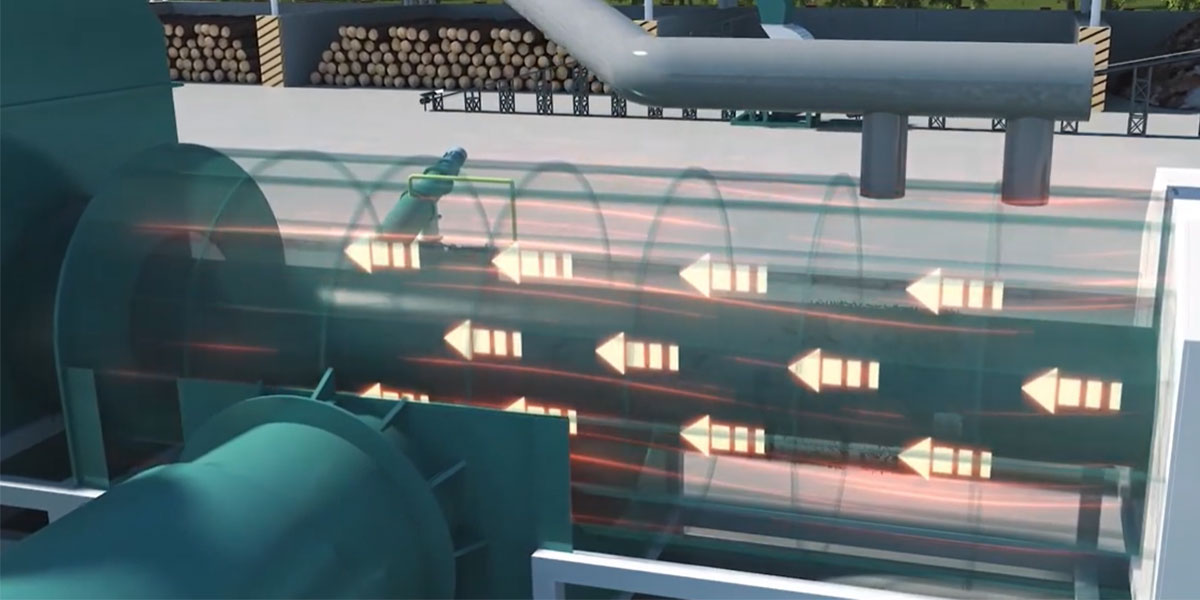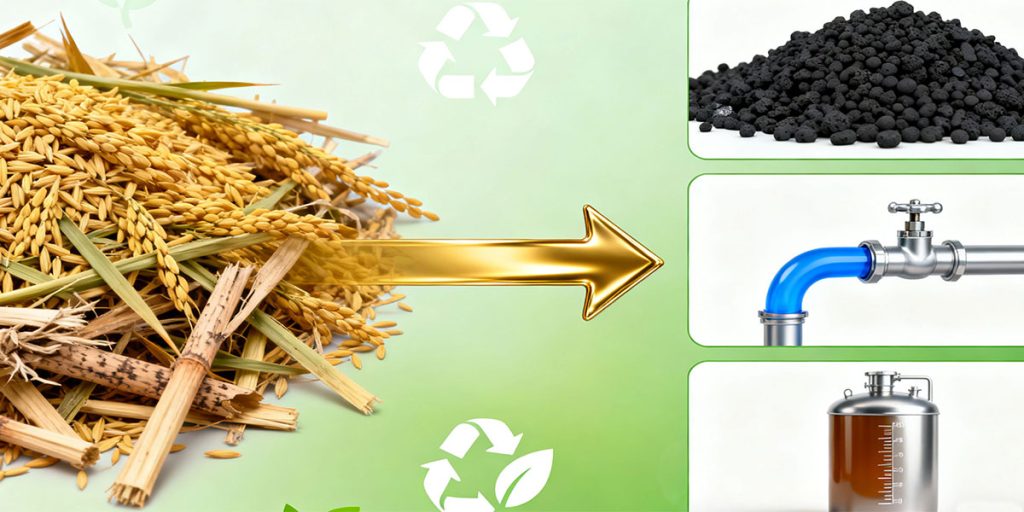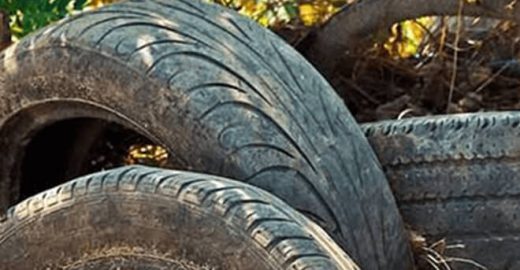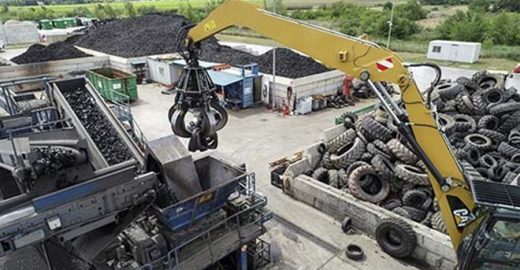To address the dual challenges of agricultural waste disposal and carbon reduction, Hokkaido, Japan, launched the Agricultural Biomass Pyrolysis Carbonization Project in 2020. The pyrolysis biomass waste disposal project aims to convert agricultural waste into high-quality biochar through pyrolysis carbonization technology. This will achieve carbon sequestration while promoting the recycling of agricultural resources.
The biomass waste disposal pyrolysis project utilizes low-temperature, slow pyrolysis carbonization technology. This technology operates at relatively low temperatures (350-450°C) and long residence times (2-4 hours) in an oxygen-deficient environment. Unlike fast pyrolysis, slow pyrolysis prioritizes the production of stable biochar with a high carbon content.

The core biomass pyrolysis equipment is a rotating pyrolysis reactor. The furnace is constructed of heat-resistant stainless steel (310S), capable of withstanding temperatures up to 800°C and exhibiting excellent corrosion resistance. The internal rotating drum is equipped with a lifting plate to ensure even heating and agitation of the biomass waste during rotation.
In addition, the biomass waste disposal project is equipped with a highly efficient purification system. A cyclone separator removes over 90% of dust from the pyrolysis gas, and a scrubber (using alkaline water as an absorbent) effectively removes tar and acidic components from the gas.
The purified pyrolysis gas has a calorific value of approximately 12-15 MJ/Nm³, comparable to low-calorific-value natural gas. It provides a stable heat source for the pyrolysis carbonization furnace.

Since its official operation in 2021, the biomass pyrolysis project has achieved significant environmental benefits.
Carbon Sequestration: The biomass waste disposal pyrolysis project processes 7,200 tons of agricultural waste annually, producing approximately 2,200 tons of biochar. Each ton of biochar sequesters 1.8-2.2 tons of CO2 equivalent. Based on this calculation, the biochar production project can sequester approximately 4,000-4,800 tons of CO2 equivalent annually. When applied to local farmland, the biochar's stable carbon structure can remain in the soil for decades to centuries, achieving long-term carbon sequestration.
Reduced Greenhouse Gas Emissions: By replacing traditional waste disposal methods, the biomass pyrolysis project reduces annual emissions by 1,500 tons of CO2 equivalent (from open burning) and 800 tons of CO2 equivalent (from methane released by natural decomposition). Furthermore, the project's energy self-sufficiency reduces external natural gas consumption by approximately 100,000 standard cubic meters annually, further reducing CO2 emissions by 200 tons per year.
Improved Air Quality: Eliminating open burning of agricultural waste has reduced particulate matter emissions by 65 tons annually. Furthermore, emissions of harmful gases have decreased annually.
The biomass waste disposal by pyrolysis carbonization project has brought tangible economic benefits to local farmers and related industries. Including increased farmer income, revenue from biochar sales, and the development of related industries.
The application of biochar production project has significantly improved local agriculture. Applying the biochar to the soil has improved soil physical and chemical properties, increased crop yields, and reduced heavy metal pollution.

An Australian general waste and tire recycling authoritative body turned to Environment Minister Sussan Ley in November last year with a request to prohibit whole bale tire…

Aliapur – a French end-of-life tire management authority – recently announced a call for applications to participate in a tender to renew end-of-life tire collection and recycling contacts for 2021–2024..